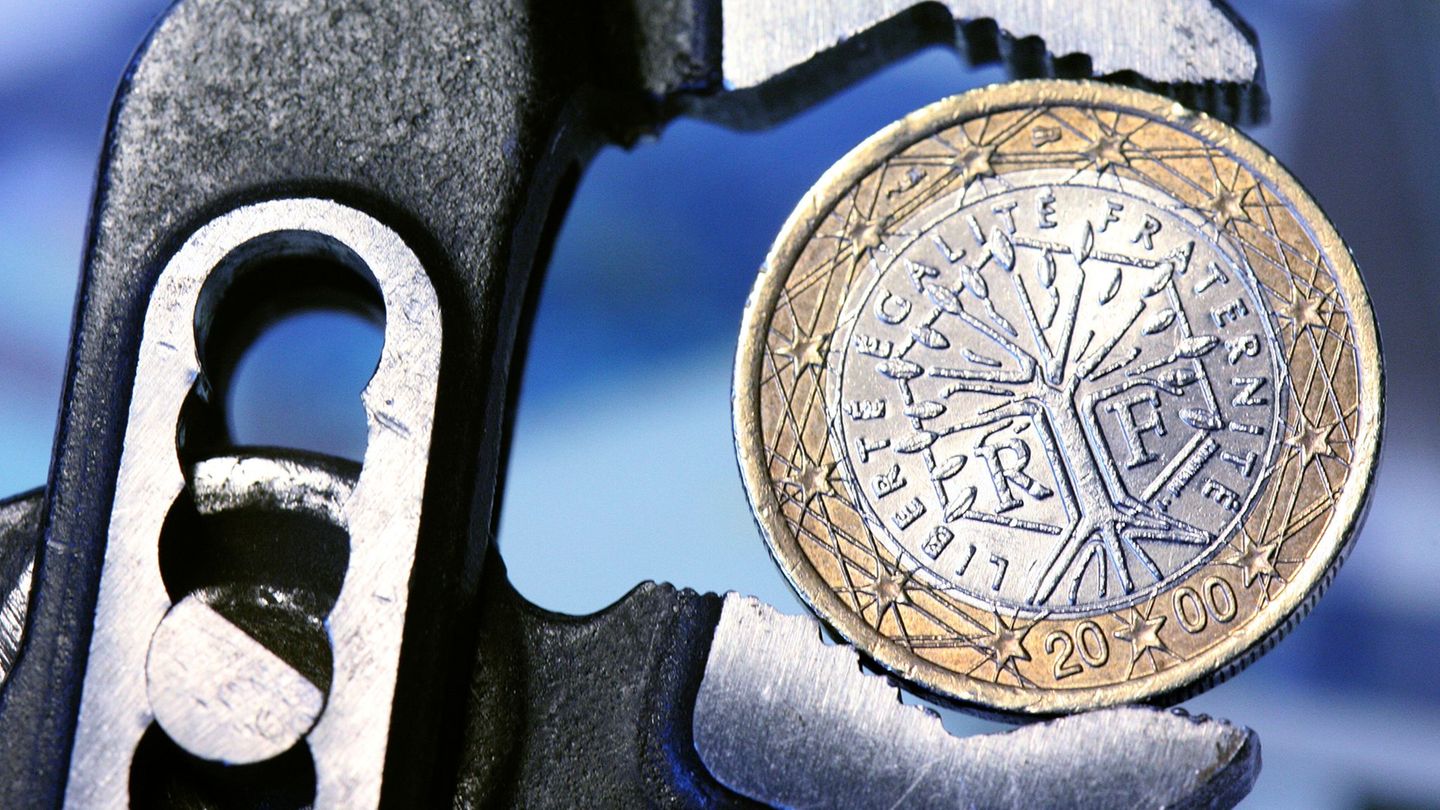For months, rail travelers had to be patient on their journeys – now the tariff conflict with the GDL has been resolved. The railway accommodates its employees.
In the collective bargaining dispute at Deutsche Bahn, the company went a long way towards accommodating the train drivers’ union GDL, particularly with regard to the core demand for a 35-hour week. The weekly working hours for shift workers will be reduced from the current 38 to 35 hours with the same wage, as the railway announced on Tuesday. However, in several stages until 2029, and not all steps are automatic. “The core element is an innovative option model with which employees in shift work can decide for themselves about their weekly working hours in the future,” the railway said.
Accordingly, the first reduction of one hour to 37 hours per week will occur automatically from 2026 if employees do not declare beforehand that they want to stay at 38 hours or even work longer. If you stay at 38 hours, you will receive another 2.7 percent more pay.
No more rail strikes until the beginning of 2026
At the beginning of 2027 there will be an optional reduction to 36 hours, from 2028 to 35.5 hours and from 2029 to 35 hours. In the last three stages, employees must report to the employer themselves if they want to take advantage of the reduction steps. However, you can also choose to work the same or more hours – up to 40 hours per week are possible in this option model. “One thing is clear: those who work more get more money,” the railway said. For each additional or constant hour of work, employees receive 2.7 percent more wages.
In the collective bargaining dispute, the GDL had always insisted on 35 hours with full wage compensation and initially only agreed to a gradual reduction in three stages until 2028. The compromise in this corridor solution now requires a longer period of time and no automatic reduction.
According to Deutsche Bahn, further results include a wage increase of 420 euros per month in two steps, a tax- and duty-free inflation compensation bonus of 2,850 euros and a term of 26 months. Furthermore, the extension of the scope of collective agreements to include employees in the infrastructure, as requested by the GDL, will not happen.
Group report
The wild rail year of 2023 – but there is hope for travelers
The peace obligation with the GDL now applies until the end of February 2026. The collective agreement runs for 26 months until December 31, 2025, followed by a two-month negotiation phase during which no strikes are possible.
Six waves of strikes
For Deutsche Bahn passengers, the tariff compromise will bring some reliability back to the rails. Both sides struggled for more than four months to reach an agreement. A total of six times, labor disputes by the GDL led to significant restrictions for rail customers. Most recently, union boss Claus Weselsky announced strikes at much shorter notice than before. A rapprochement between the two sides was not foreseeable for a long time. There was already hope in February, when both sides negotiated for weeks behind closed doors and with the help of external moderators. But the talks ultimately collapsed at the beginning of March. Strikes followed again.
A little over a week ago, Bahn and GDL surprisingly announced together that they were negotiating with each other again. And they expressed confidence that there could be a solution this time. In addition to the question of reducing working hours, the term of a future collective agreement was also controversial. In addition, the GDL originally demanded 555 euros more per month as well as a tax- and duty-free inflation compensation bonus of 3,000 euros.
Source: Stern




